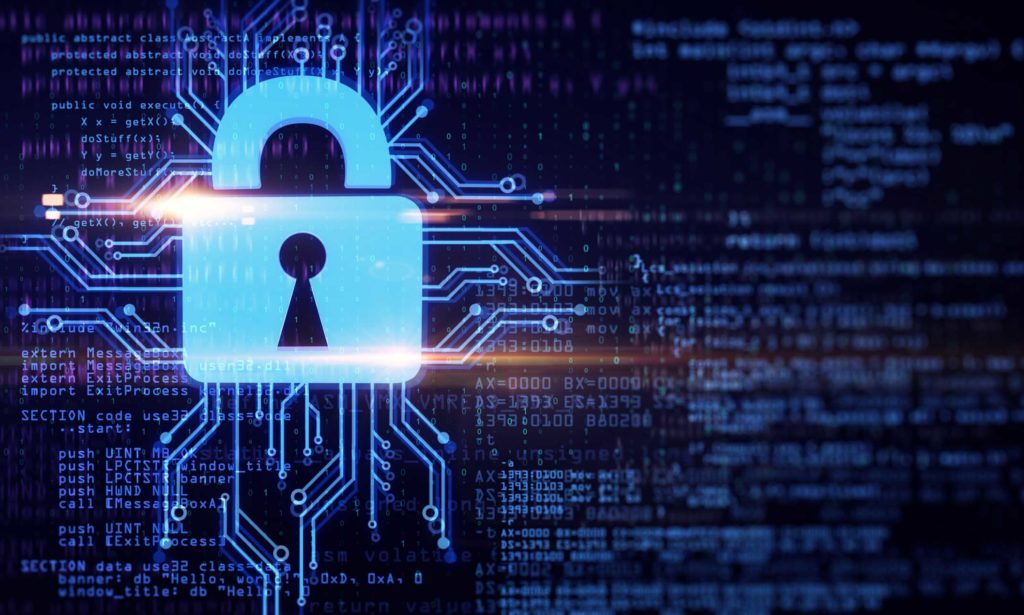Hello!
 Today, networks and data are sprawling everywhere. Right from your computer to smartwatches to the smallest chip in an IoT network, all the systems are interconnected.
Today, networks and data are sprawling everywhere. Right from your computer to smartwatches to the smallest chip in an IoT network, all the systems are interconnected.
This leads to an increase in the vulnerability of the data. Even the smallest systems can cause a big network to compromise. Attack surface management is monitoring these external systems for any threats that could cause harm to the network.
Before we get into attack surface management tactics, let us first look at what attack surface is? Attack Surface in simple terms is the area of the network that has possible risk exposure. It is the addition of all the known and unknown components of your network.
They can be in the form of hardware or software. e.g. A login Page of an internal office website or a GPS chip in a car.
An attacker can exploit any of these target points and attack the desired network. These target points are called “vectors” through which an attacker can enter the network. And the sum of all of these attack vectors is called Attack Surface.
With the expansion of the digital landscape, in the form of social media clouds, etc, the networks are becoming more and more complex. The attack surface is constantly increasing and the threats are becoming more and more adaptable to the security of the networks.
This leaves the companies with the big responsibility of protecting the perimeter of the attack surface.
 The most common types of attack surface include:
The most common types of attack surface include:
- Inventories like websites, servers, and systems used regularly by the companies
- Shadow IT infrastructure
- Malicious Infrastructure
- Third-party assets
Why is Attack Surface Management Important?
With the expansion of the attack surface, it is easy for an attacker to launch an attack by finding only one vulnerable point in your network. The only way to reduce these attacks is by mitigating the risks by timely identification of these data points that can be a threat.
Let us look at an attack surface management strategy that you can use for your organization;
Identification
The identification of the assets is the first step of attack surface management. These can be digital as well as hardware but as long as they are connected to the network, it is necessary to identify them if they carry any vital information about the company.
 Now, to talk about the list of these assets, it is endless:
Now, to talk about the list of these assets, it is endless:
- Website APIs
- Web applications
- Mobile Applications
- Cloud and devices connected to it
- Internet of Things devices
- Code Repositories
- Social Media
- Servers etc
Now, these can be your company assets or can belong to a third party, suppliers, partners, etc. Depending upon the complexity of the network discovery can be manual as well as automated. Automated scanning can be based on open-source intelligence and dark web crawling.
Classification
 Once the assets are identified, you need to classify these assets. The assets are then labeled based on various classifiers like types, properties, business, safety, technical aspects, origin details, etc. What many organizations do is appoint a team for this exercise.
Once the assets are identified, you need to classify these assets. The assets are then labeled based on various classifiers like types, properties, business, safety, technical aspects, origin details, etc. What many organizations do is appoint a team for this exercise.
Although it is possible to do these using automatic techniques, there needs to be a responsible team who are answerable and know all the safety protocols. Along with that, the team can also be accountable for updates, data protection, and asset maintenance.
Also read:
- 5 Smart way to improve and Manage Customer Flow
- How to Grow Your Business With the Help of Online Printing
- A New Approach Use to Document Security
Scoring System
Attack surface management needs to have risk scoring systems. Along with that several actionable security ratings also need to be assigned.
 After the discovery stage, the organizations realize that there are thousands of assets that are constantly changing. Each asset has different ratings and there needs to be software that can understand what security issue the assets have.
After the discovery stage, the organizations realize that there are thousands of assets that are constantly changing. Each asset has different ratings and there needs to be software that can understand what security issue the assets have.
They can also detect if the asset has any risk of exposing the data to cybercriminals. The assets need to be continuously detected, scanned, and most importantly scored so you can prioritize and understand which risks need to be mitigated immediately.
Security ratings and risk scoring are actionable techniques and are derived from externally verifiable information.
Continuous Monitoring
Continuous security and risk monitoring is an important aspect of attack surface management. It is important to monitor assets 24/7 for new compromises, weaknesses, security breaches, and vulnerabilities.
Incident Monitoring
 Today’s threat landscape can have several vicious and malicious activities that are beyond the scope of corporate IT assets. Which could include Spear phishing, email spoofing, social media, ransomware, etc. All of this includes important data and personal information.
Today’s threat landscape can have several vicious and malicious activities that are beyond the scope of corporate IT assets. Which could include Spear phishing, email spoofing, social media, ransomware, etc. All of this includes important data and personal information.
Having a solution that looks for third party security breaches and cross-checking with your own organization helps you get on top of the security even before you are exposed to it.
Thank you!
Join us on social media!
See you!






